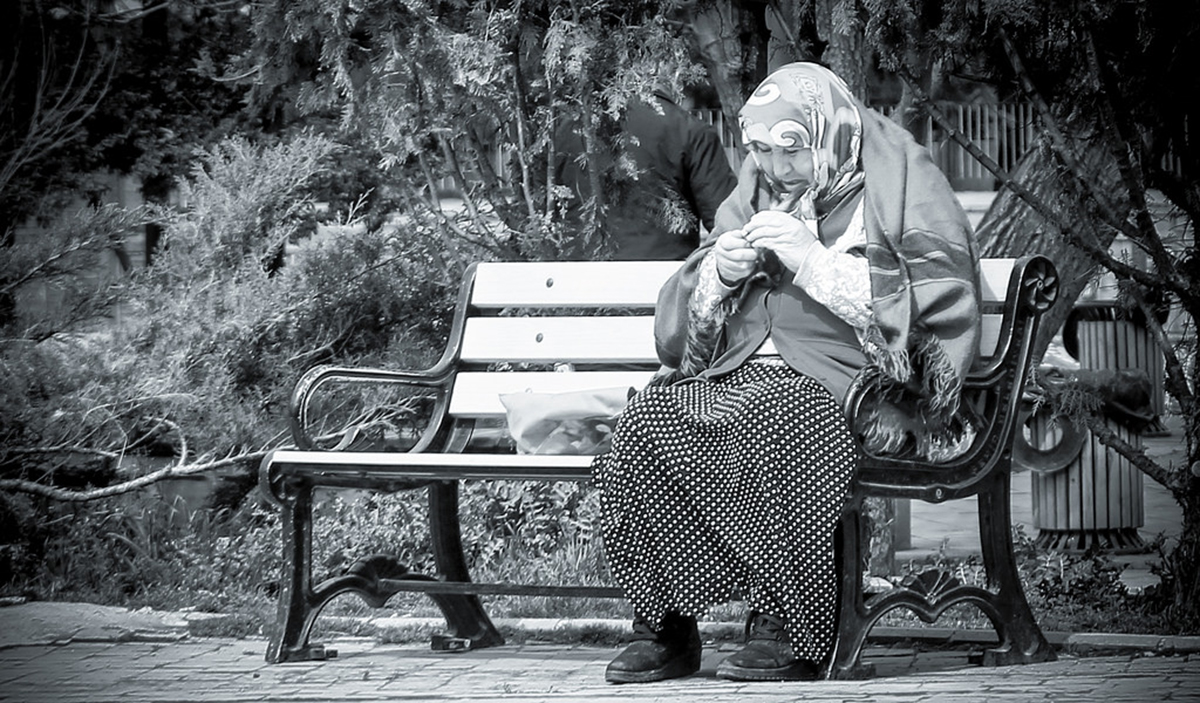Previously it was thought that calcium supplementation increased the incidence of cardiovascular events such as heart attacks and strokes in persons using these supplements. The evidence to confirm or negate these finding were inconclusive, until recently.
This is especially significant since management of osteoporosis includes the use of calcium and vitamin D supplementation to help improve patients' bone densities. Since osteoporosis can increase the incidence of cardiovascular complications, especially in women, it would be very important to determine whether medications used to manage this problem increase the development of unwanted complications or not.

The clinical implication of this study would then suggest that prescribing calcium supplements, with or without vitamin D added, would be safe in patients and would not be associated with the development or increased risk of cardiovascular complications.
Calcium and vitamin D supplementation
The body needs calcium and vitamin D in order to build and maintain healthy bones. Bone material gets broken down, absorbed by the body and new bone material is produced to serve as a replacement, a process known as bone turnover. As humans get older, bone turnover tends to decrease which means that more bone gets broken down than what gets replaced. This can then lead to conditions such as osteoporosis.
READ The Surprising Factor That Drains Your Body's Vitamin D
The other essential benefits of calcium include assisting with and improving the function of the muscles, the heart and the nervous system. There is some evidence that calcium helps to protect against issues such as diabetes, cancers and high blood pressure, but it isn't definitive.
Calcium isn't produced by the human body and therefore needs to be taking in via other sources. These can include the following:
- Most commonly, calcium is found in dairy products such as cheese, yogurt and milk.
- Fish with soft, edible bones such as canned salmon and sardines.
- Dark, leafy vegetables such as kale and broccoli.
- Calcium-fortified drinks and foods such as certain cereals and fruit juices, milk substitutes and soy products.
Vitamin D is produced by the body with adequate skin exposure to the sun. It can also be found in dietary sources such as egg yolks and bones from canned salmon.
READ Vitamin D For Diabetes, Cancer, And Heart Disease
Calcium supplements can interact with certain medications, the most important of which is thyroxine which is used to treat an underactive thyroid (hypothyroidism). In order to avoid interaction between these medications, it's usually suggested to take these supplements at least 4 hours apart.
Osteoporosis: Signs, Risk Factors, Prevention
Definition
Since osteoporosis occurs due to decreased bone production together with increased bone resorption, it results in brittle bones and an increased incidence of sustaining pathological fractures.

Signs and symptoms
There's typically no signs and symptoms associated with the early stages of osteoporosis, but once the bones are weakened and brittle, then patients do start to develop the following issues:
- Pain in the back which may be caused by a fracture of the vertebra(e).
- A hunched-over posture.
- Loss of height over a relatively short period of time.
- Fracturing of a bone which happens more easily than expected. The most affected bones include the spinal vertebrae, the wrists and the hips.
Associated risk factors
Many risk factors for osteoporosis exist and these can be divided into reversible and irreversible factors, hormonal factors, dietary factors and the use of certain medications.
Reversible factors
- Using tobacco products.
- Excessive use of alcohol, which is defined as regular consumption of more than 2 drinks a day.
- A sedentary lifestyle.
Irreversible factors
- As mentioned, being an Asian or Caucasian female.
- Elderly.
- Having a family history of first-degree relatives (mother, father or sibling) who were or are diagnosed with osteoporosis,especially if a pathological fracture had occurred.
- Small body frame due to there being less bone mass present.
Hormonal factors
- Situations where oestrogen and testosterone levels are decreased in women and men, respectively.
- Hyperthyroidism causes an excess of thyroxine which may result in increased bone loss due to the metabolic rate being increased.
- Overactive parathyroid and/or adrenal glands.
READ Soy Diet - Could This Help Prevent Osteoporosis In Menopausal Women?
Dietary factors
- A lifelong lack of calcium intake.
- Eating disorders such as anorexia, which can reduce sex hormone levels and thus result in bone mass loss.
- Gastrointestinal surgery, where a decrease in the size of the stomach or removal of part of the small intestine can result in decreased absorption of nutrients.
Medications
- Long-term use of steroids interferes with the bone turnover process.
- Other medications linked with osteoporosis may include those needed to manage convulsions, cancer, gastric reflux and organ transplant rejection.
Prevention
READ Osteoporosis Can Strike at Thirty
Patients who are osteoporotic should try and prevent falls by following these suggestions:
- Wearing low-healed shoes with non-slip soles.
- Remove any loose rugs and electrical cords which may cause one to slip on or trip over. Slippery surfaces should also be dealt with appropriately by placing non-slip mats.
- Make sure rooms are lit well so that any obstacles can be well visualized and avoided in order to prevent falls.
- Install garb bars on the inside and outside of baths and showers.
- Make sure that the bed is placed appropriately in order to be able to get in and out of it without any difficulty.
- www.medicalbrief.co.za/archives/calcium-supplementation-and-cardiovascular-risk/
- www.mayoclinic.org/healthy-lifestyle/nutrition-and-healthy-eating/in-depth/calcium-supplements/art-20047097
- www.mayoclinic.org/diseases-conditions/osteoporosis/basics/definition/con-20019924
- Photo courtesy of Braiu: www.flickr.com/photos/braiu_74/23260390571/
- Photo courtesy of Omer Unlu: www.flickr.com/photos/55293400@N07/16701843727/
- Photo courtesy of Braiu: www.flickr.com/photos/braiu_74/23260390571/


Your thoughts on this